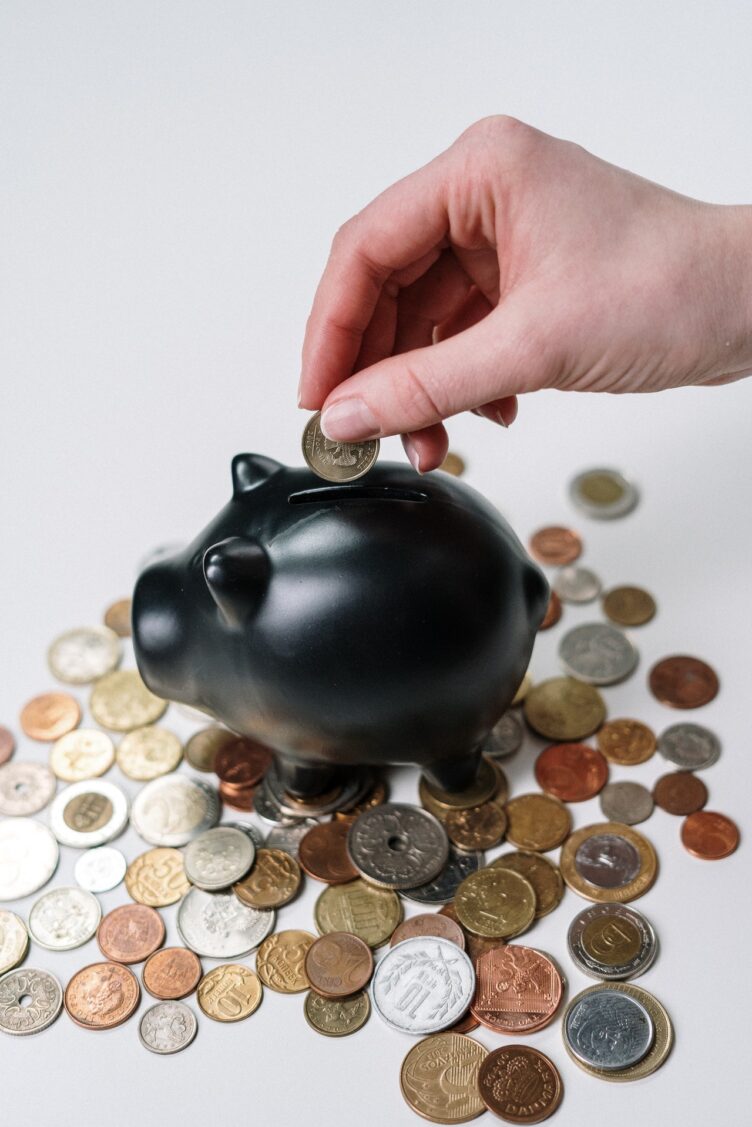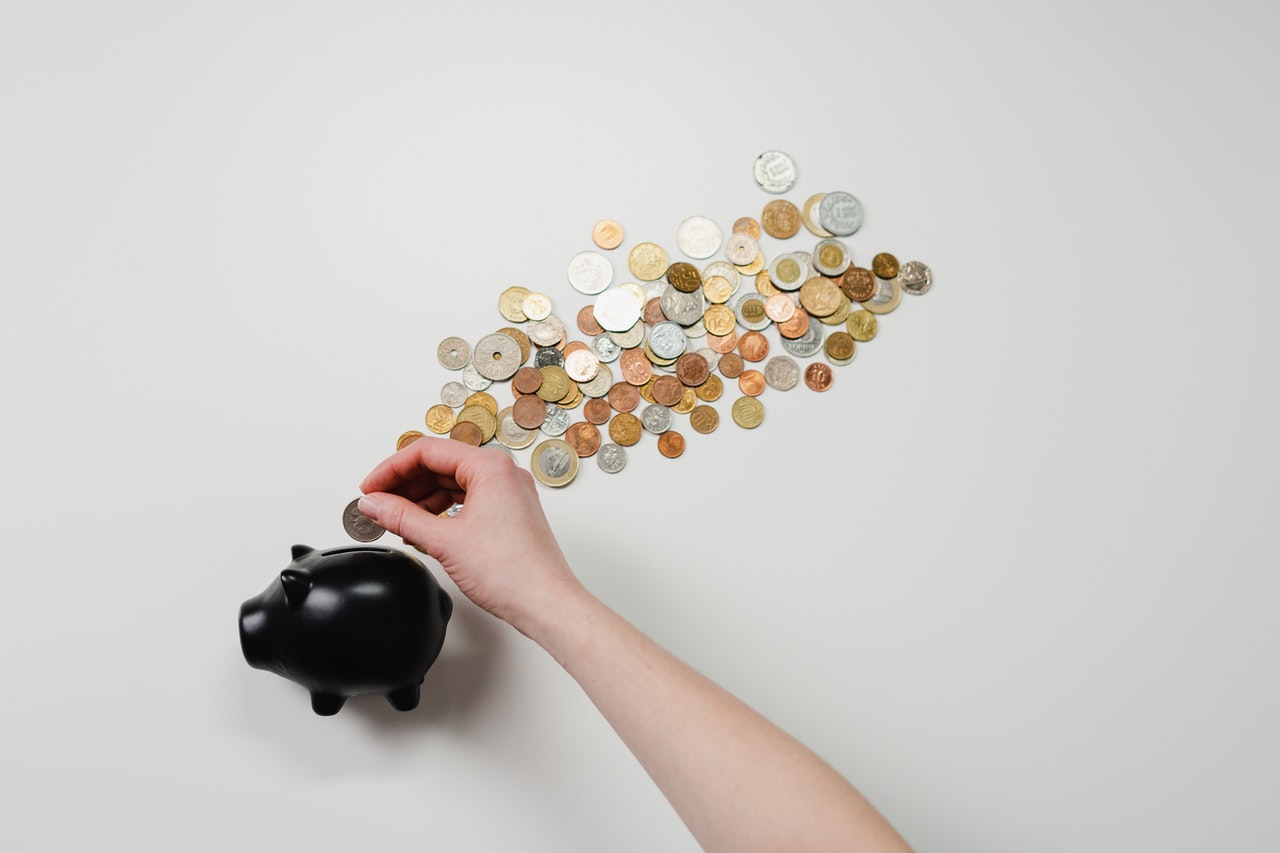Software monetization is what every person engaged in development is interested in. Some people choose one strategy only, while the others combine several and get even better results. By the way, SDK monetization is a nice strategy characterized by the possibility of being easily combined with other strategies. SDK monetization is user data monetization, but don’t be scared: only non-personal data is analyzed and monetized. Now, let’s take a look at some other options.
The main monetization strategies
So, here are some other most popular ways of Software monetization.

- Advertising: interstitial, video, native, display and banners. Essentially, you make money by selling data-driven advertising spaces in your application. You can do this independently or work with a mobile advertising partner. The last two most popular ad formats are award-winning videos and native ads. These formats meet two requirements: users opt for the first in exchange for a reward, and the last corresponds to the context of the application.
- Email marketing. Individuals send and receive more than 215 emails a day. There is a trap here – you need to know as precisely as possible what your users want. Don’t try to sell. Try to show value preventively.
- Sponsorship. This is one of the new ways to monetize. It assumes that in the app, user actions will be rewarded by sponsored advertisers. For example, users of the ZealStep mobile application (pedometer) receive prizes from sponsors and Z-money coins for their activity, which can be spent on discounts in partner stores.
- Subscriptions. This way to monetize mobile applications is based on charging a periodic subscription fee for access to regularly updated content of a mobile application. The motivation for buying a subscription is not only the quality of the content but also the convenience of the application itself. A subscription can provide a stable flow of funds to the product owner, which allows planning development.
- In-app purchases. This application monetization strategy means purchasing virtual goods within the application. This is how, for example, shopping services, where you can buy real goods, as well as mobile games (Angry Birds), which sell virtual functions (currency, heroes, additional levels), make money.
- Freemium. This monetization strategy lets you tease users with a not full version of your application until they are addicted enough to it to buy additional features. The model often goes hand in hand with subscriptions, but it is not always the case.
- Paymium. It is a mixed model of freemium and paid strategies. In this model, users must pay for the application and can purchase additional features at an additional cost. One of the disadvantages is that some users may be discouraged by the idea of multiple payments.
- Affiliation. Having selected this strategy, your company will have to pay publishers who will be responsible for generating traffic or leading to your services.
- Strategic partnerships. Be careful because it can take a long time to agree on all the details of cooperation, align priorities and expectations.
- Events. Participation in sectoral events could open many doors for you. For example, if your app is in the health industry, consider participating in industry events.
- Reference programs. With the avalanche of positive comments, the chances are significant that your application will skyrocket in the rankings. Although, remember: negative word of mouth goes faster than positive rumors. A recent Nielsen consumer report showed that the most trustworthy form of advertising is a friend’s recommendation.
Understandably, these are not all ways of monetization. As we have already mentioned, the best idea is to combine several strategies. When choosing your monetization strategy, you must have many statistics on app performance in terms of:
- Downloads.
- Active users.
- Subscriptions.
- User ratings.
- Page views.
- Click-through rate, and so on.
Hopefully, we were helpful. Good luck!


Average Rating